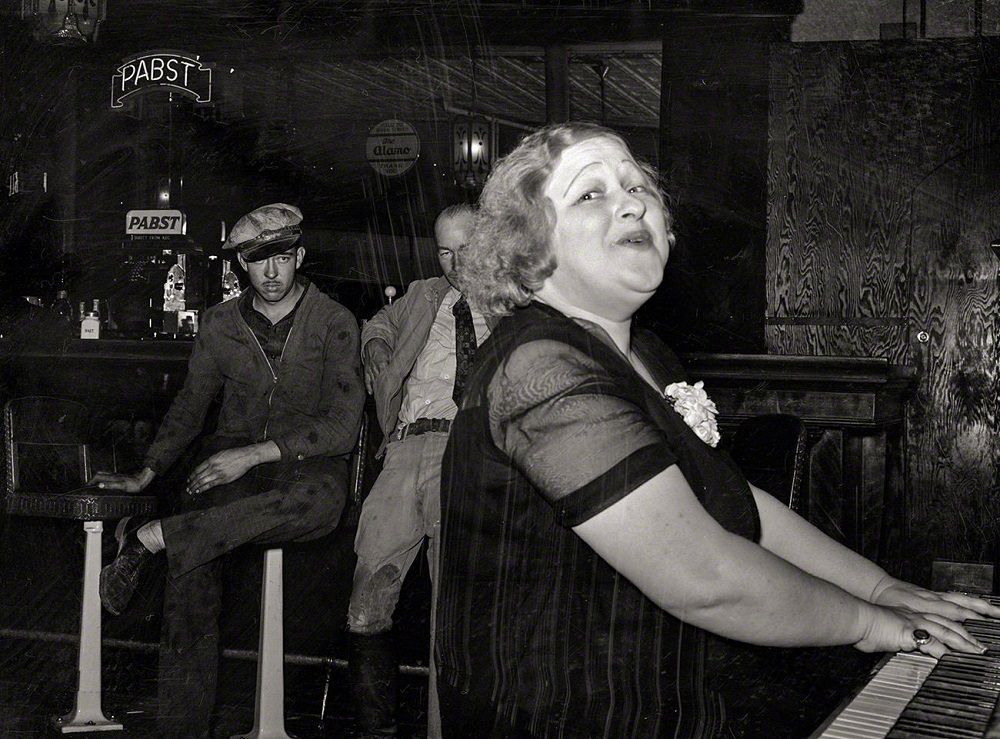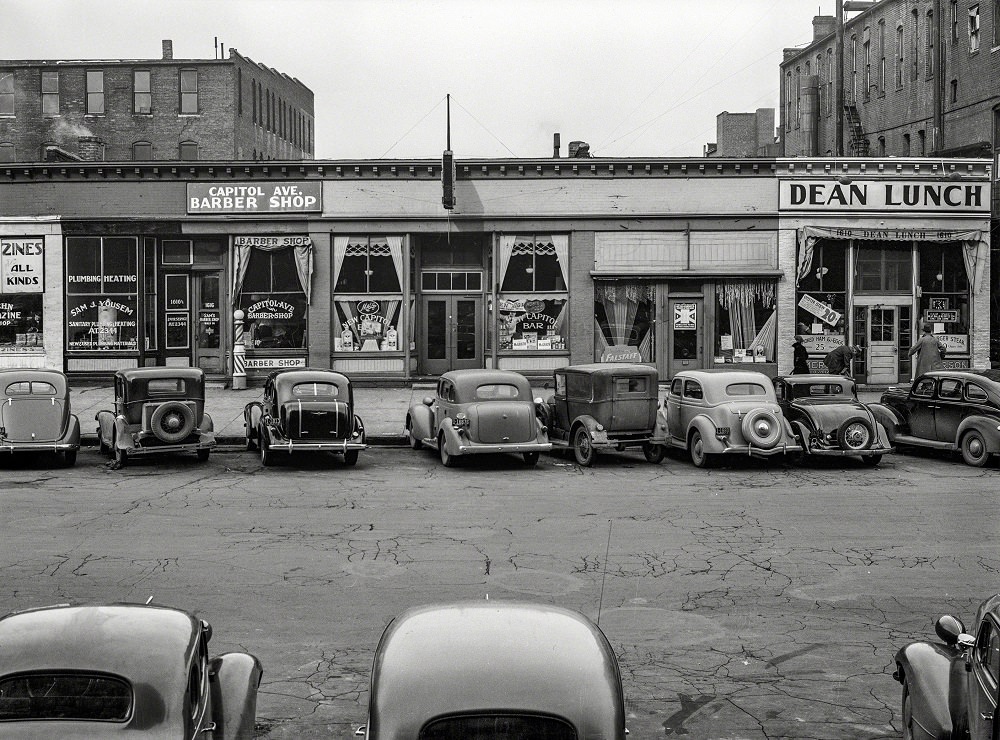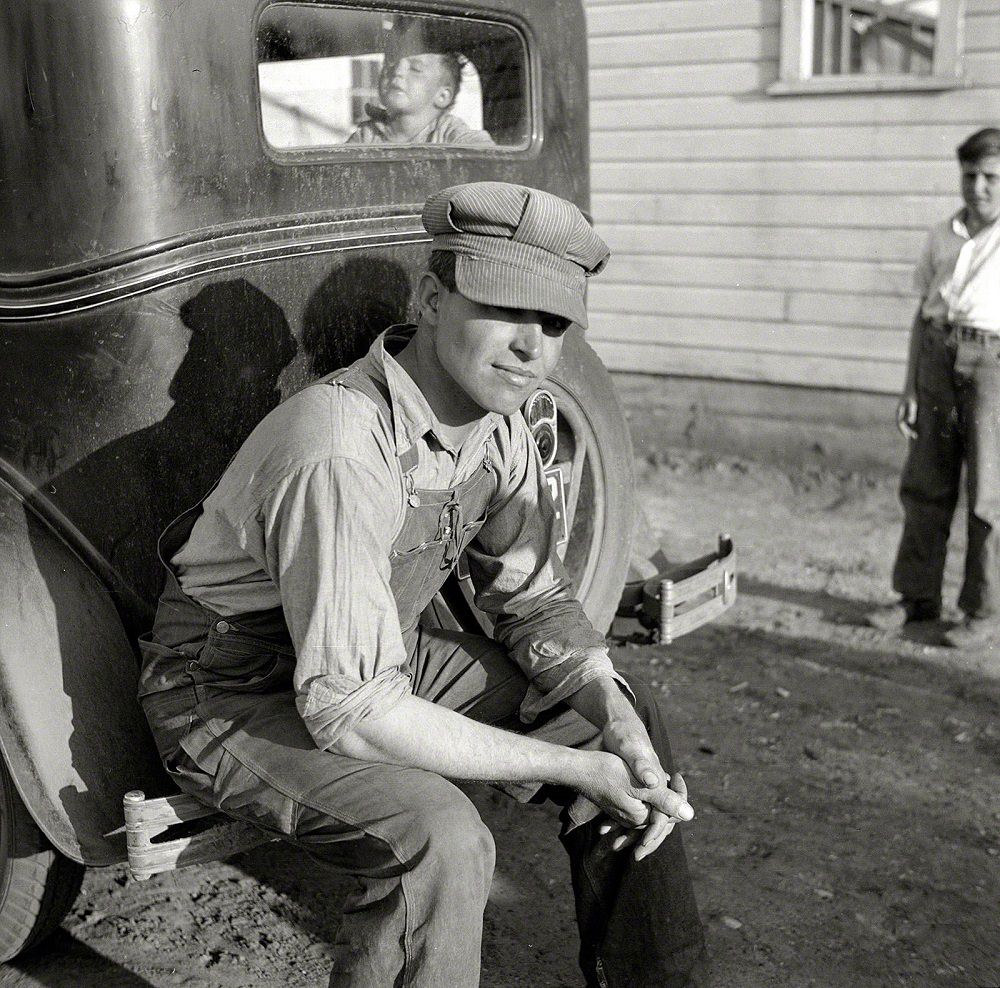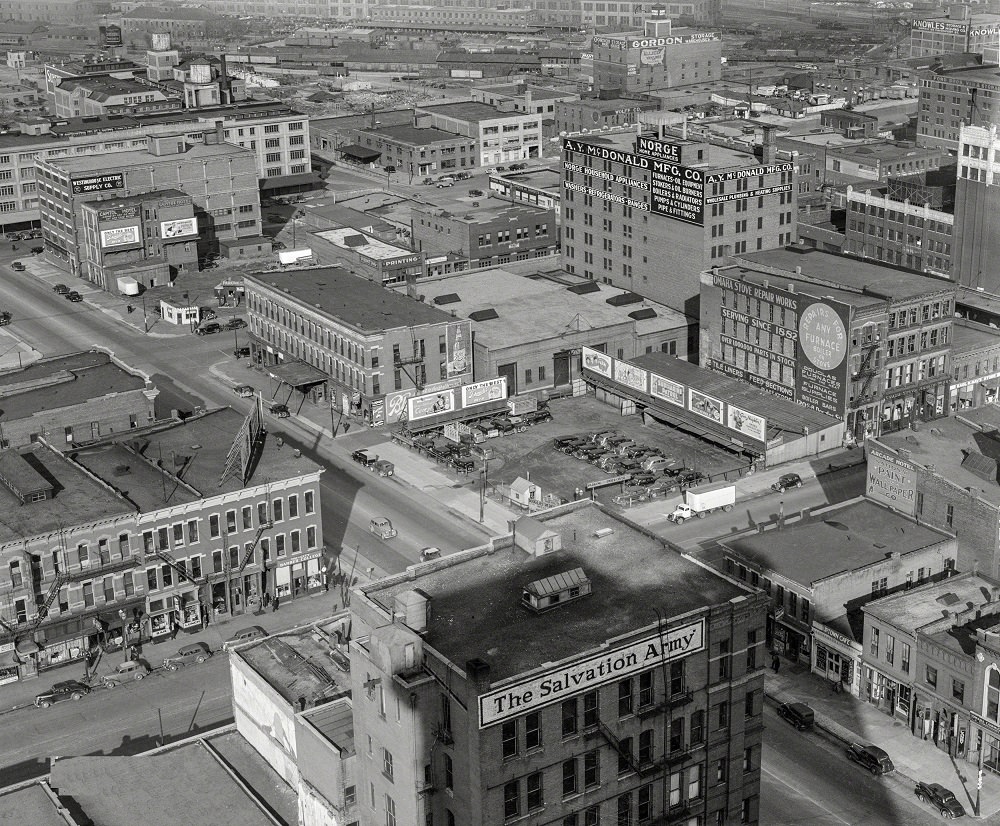Omaha is the largest city in Nebraska state, founded in 1854 and named after the native American tribe. Since its founding, Omaha has been regional manufacturing, transportation, and trade hub of Nebraska. In the 1880s, Omaha was said to be the fastest-growing city in the United States and emerged as the top livestock markets in the world and leader in the meat-processing industry. Thousands of immigrants came to work in the Union Stockyards and slaughterhouses of South Omaha. The 20th century began with raid development, cultural growth, and population growth. Several new residents established communities throughout the city. Omaha was hit hard by the Great Depression; however, the federal government provided relief to the city and funded vital public projects. By the 1950s, Omaha surpassed Chicago as the world’s top livestock market. The stockyards closed in 1999, but meatpacking remained a significant part of the local economy.
Here below are some historical photos of Omaha from the 1930s that capture streets, roads, cityscapes, landmarks, and everyday life.








































Those are cool, but I wish they gave the exact locations with all the photos. I’m sure most of those buildings are still standing.
If you look at the first one, that’s around 14th and Capitol. Most of those buildings no longer exist. The houses on the right are today under I480.
They’re cool. Do you know where they came from and how they collected them? Western Heritage, perhaps?
When I was growing up, many of those buildings were still standing.
It would have been great if more effort had been put into documenting this time period. I’ve always been fascinated by how places have changed over time. The development of raw praerie into an urban metropolis is what makes this metropolis significant, not the big historical landmarks. What buildings are still standing? What little forgotten stories happened right under our feet that almost nobody remembers?
Surprising how many of those buildings were still around in the 70s/80s when I was growing up.
I really wish there had been more effort put into documenting this period in time. I’ve always been interested in what places used to look like and how they’ve changed. Not the big obvious historical landmarks either, but just the development of raw praerie into urban metropolis. Which buildings are still standing? What little forgotten stories happened right under our feet that almost nobody remembers?